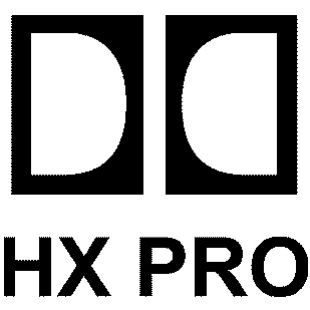Dolby HX-Pro

When tape recording was in its infancy, the signal to be recorded was fed directly to the recording amplifiers and then on to tape. But it was soon discovered that distortion could be reduced by adding a 'bias' to the signal - at first in the form of a DC signal added to the signal to be recorded and then later a high frequency AC signal. The frequency of the bias signal is always substantially higher than the highest frequency to be recorded and thus does not interfere with the audible signal.
It was also found that the level of the bias signal is critical to the recording of high frequencies and therefore to the frequency response of the recording. Traditionally, the bias signal level was set at the factory before the tape deck is shipped and remained fixed in use. The level chosen is a compromise for different kinds of music in the judgement of the manufacturer and is different for each brand; and often different for each model within a single brand. The optimum bias level had been the subject of debate between experts for a long time.
Engineers at Dolby Laboratories suspected that the high frequency content of the music itself had an influence on the frequency response of the recording and launched a system called HX (headroom extension). This was a complex feed forward system that measured the frequency content of the music, calculated the bias required and added this level of bias to the input signal. While the system functioned better than a fixed bias system, it was not the optimal solution.
Jørgen Selmer Jensen of Bang & Olufsen also had his suspicions about the nature of the bias and its influence on frequency response. But he took a different approach to correcting the problem and in the process got a bonus in performance. He deduced that the high frequencies of the music being recorded were in fact acting as additional bias for the music itself and thus degrading performance. Experimenting with various kinds of music, he devised an algorithm for the bias equivalent added by the high frequency content of the input signal. It was then a relatively simple matter to construct a feedback system that reduced the bias by precisely this amount, on a real time basis. This had the effect of making the frequency response of the recorder linear, once the static bias had been set in the factory, irrespective of the kind of music being recorded.
The system was found to give an added bonus in use. The undistorted signal level that can be recorded on tape is also dependant on the level of the bias mixed with the audio signal, and was also a part of the factory setting compromise. With HX-Pro it was found that a very much higher level could be recorded, with low levels of distortion. In fact even when the tape was overloaded, the rise in distortion was small compared to recorders with a fixed bias level.
This system was launched with a license to Dolby Laboratories, who would market the system as Dolby HX-Pro, and has been used for many years not only in cassette recorders, but also in the professional recorder field.
Created: 17th February 2007
Modified: 22nd March 2007


